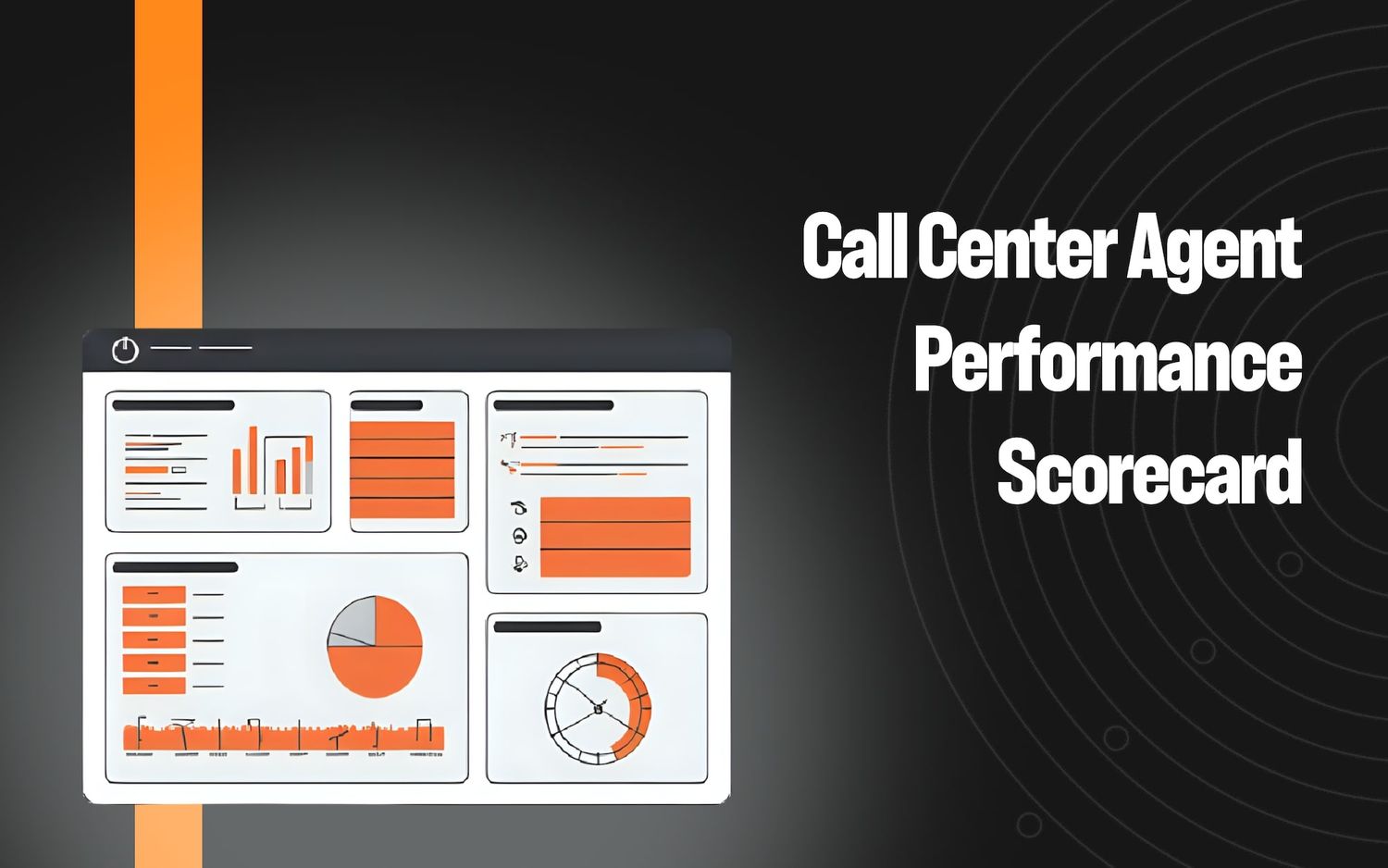Enhancing Contact Center Efficiency and Customer Experience with Stereo Call Recordings


Introduction
In the fast-paced world of contact centers, where customer interactions are pivotal to business success, every detail counts. The ability to accurately capture and analyze customer conversations is crucial for improving agent performance, enhancing customer experience, and ensuring regulatory compliance. When it comes to recording calls, the choice between stereo and mono recordings can have a significant impact on the overall quality and depth of the captured audio. In this article, we will explore why contact centers should consider using stereo recordings.
1. Capturing the Complete Audio Landscape:nMono recordings, which involve a single audio channel, offer limited spatial information and fail to capture the full audio environment during customer interactions. On the other hand, stereo recordings employ two audio channels, resulting in a more immersive experience. By using stereo call recordings, contact centers gain access to a wealth of information, including speaker identification, background noise analysis, and a better understanding of the overall context of the conversation. This comprehensive audio landscape can provide valuable insights for training, quality assurance, and dispute resolution.
2. Improved Call Transcription and Analysis:nStereo call recordings enable more accurate transcription and analysis. With dual audio channels, it becomes easier to distinguish between speakers, reducing errors and ensuring that each customer and agent’s contributions are accurately captured. This clarity enhances transcription accuracy, facilitating subsequent analysis, sentiment analysis, and voice recognition applications. By harnessing stereo call recordings, contact centers can unlock valuable data-driven insights and make informed business decisions.
3. Enhanced Quality Assurance and Training:nTraining and quality assurance are integral components of a successful contact center. Stereo recordings empower supervisors to evaluate agent performance more effectively. The ability to hear the customer’s voice on one channel and the agent’s voice on the other allows for a precise assessment of conversation dynamics, including tone, empathy, and compliance with guidelines. The granular insights derived from stereo recordings facilitate targeted coaching, resulting in improved agent performance, customer satisfaction, and ultimately, higher conversion rates.
4. Regulatory Compliance and Dispute Resolution:nFor contact centers operating in regulated industries, compliance with legal requirements is of utmost importance. Stereo call recordings provide an additional layer of protection and evidence in case of disputes or regulatory audits. The ability to clearly identify speakers and capture nuanced conversations helps contact centers demonstrate adherence to compliance standards, ensuring legal obligations are met and disputes are resolved with accuracy and transparency.
Keep reading
View all





